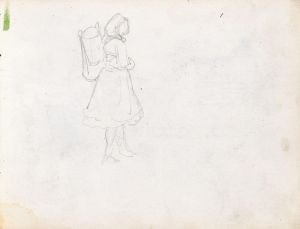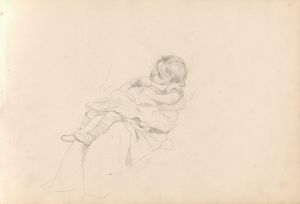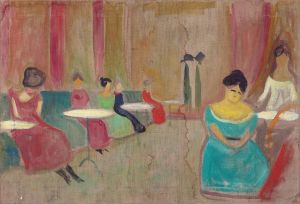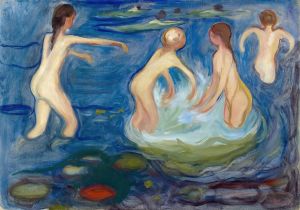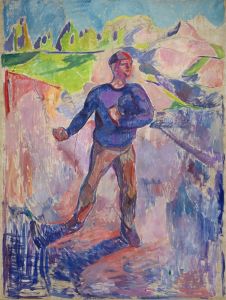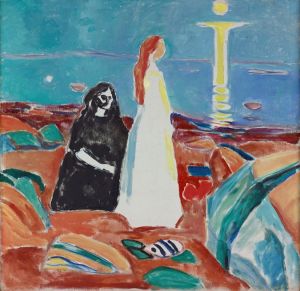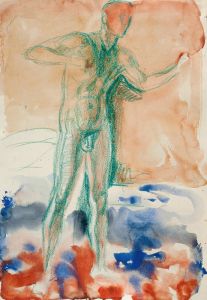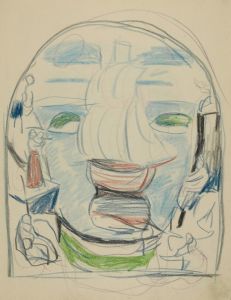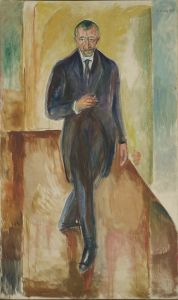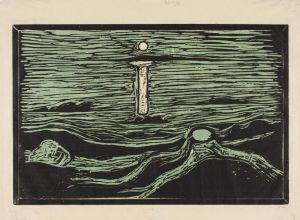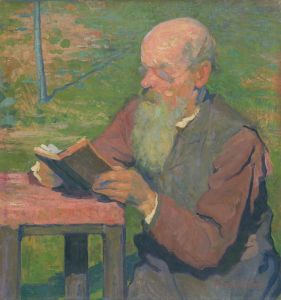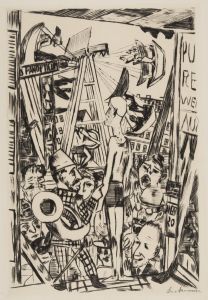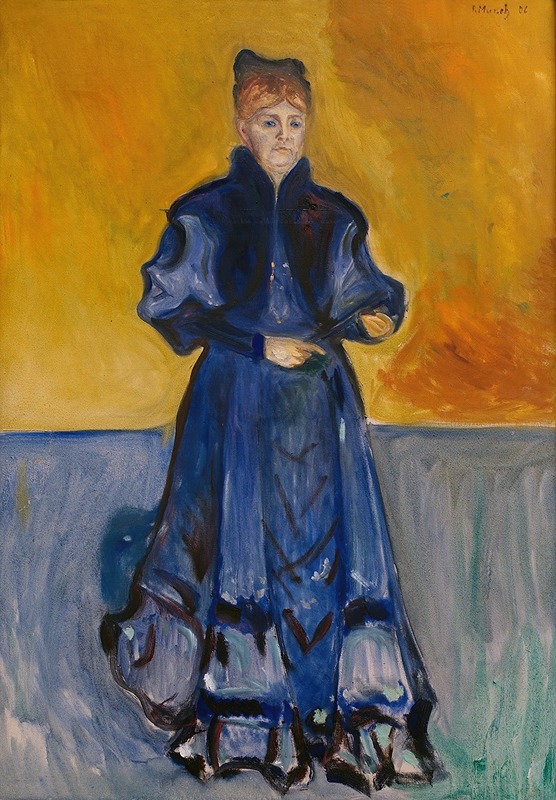
Portrait of Mrs. Förster-Nietzsche
A hand-painted replica of Edvard Munch’s masterpiece Portrait of Mrs. Förster-Nietzsche, meticulously crafted by professional artists to capture the true essence of the original. Each piece is created with museum-quality canvas and rare mineral pigments, carefully painted by experienced artists with delicate brushstrokes and rich, layered colors to perfectly recreate the texture of the original artwork. Unlike machine-printed reproductions, this hand-painted version brings the painting to life, infused with the artist’s emotions and skill in every stroke. Whether for personal collection or home decoration, it instantly elevates the artistic atmosphere of any space.
"Portrait of Mrs. Förster-Nietzsche" is a painting created by the Norwegian artist Edvard Munch. The artwork depicts Elisabeth Förster-Nietzsche, the sister of the German philosopher Friedrich Nietzsche. Elisabeth Förster-Nietzsche was a controversial figure known for her role in editing and promoting her brother's works after his death, often in ways that aligned with her own ideological views.
The portrait was painted in 1906, during a period when Munch was gaining recognition for his distinctive style, characterized by emotional intensity and symbolic use of color and form. Munch's work often explored themes of existential anxiety, human relationships, and psychological depth, and this painting is no exception. The portrait captures Förster-Nietzsche in a seated pose, with a somber and introspective expression. Munch's use of bold brushstrokes and a muted color palette emphasizes the psychological complexity of the subject.
Elisabeth Förster-Nietzsche was a significant cultural figure in her time, but her legacy is controversial due to her association with nationalist and anti-Semitic ideologies, as well as her manipulation of Friedrich Nietzsche's philosophical writings to suit her own agenda. Munch's decision to paint her may have been influenced by her prominence in intellectual and cultural circles during the early 20th century.
The painting is notable for its psychological depth and the way it reflects Munch's ability to convey the inner life of his subjects. It is also an example of Munch's engagement with prominent figures of his era, showcasing his interest in capturing the complexities of human character and emotion.
As of now, the painting is part of a private collection and is not on public display. Further details about its provenance or specific exhibitions in which it has been featured are not widely documented.






